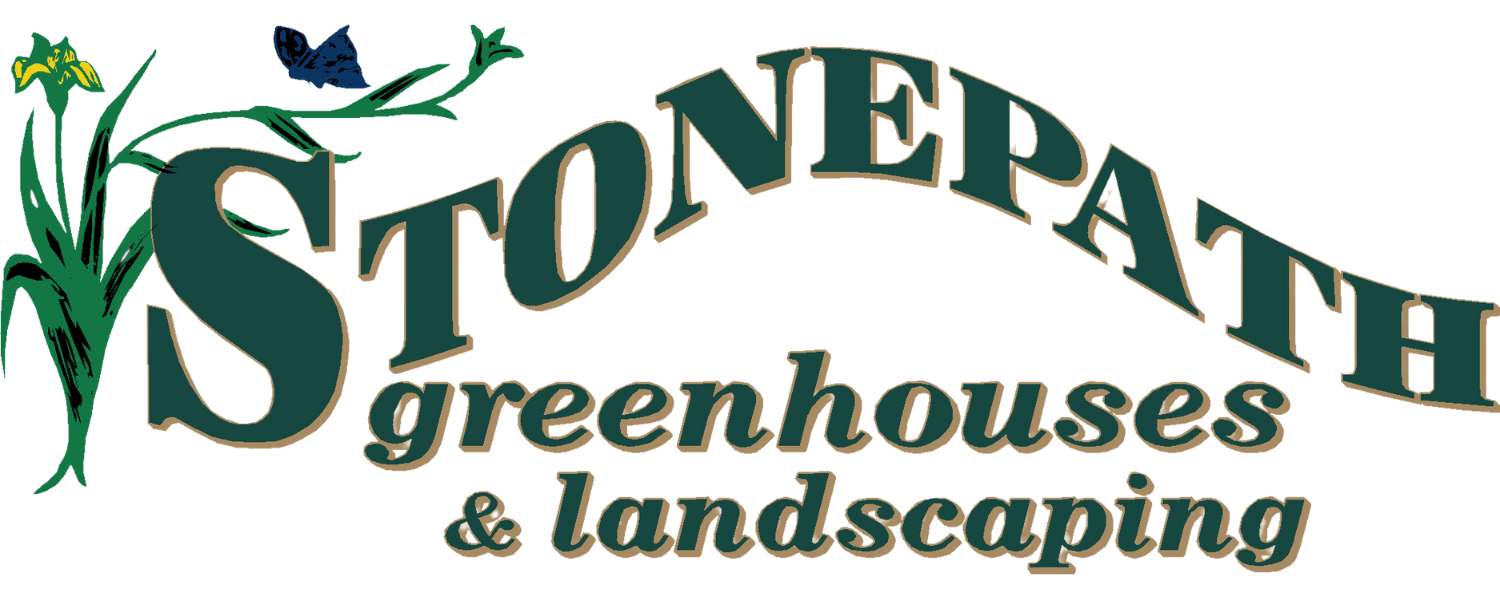When To Start A Vegetable Garden
Thinking about starting vegetable plants in the house so you can get an early start in your garden? Starting vegetable plants in the house can save you quite a bit of money over buying all your plants at the garden center in the spring. It will require some planning and care though
Start by thinking about what you want to plant in your garden. If you are a beginner, start small. If you try to do too much, you may become overwhelmed by the project. Plan on growing what you think you and your family will eat. Try not to do more than that. For instance, if you don't eat radishes, don't grow them.
Common plants to start indoors include tomatoes, cauliflower, broccoli, Brussels sprouts, onions (from seed), cabbage, and herbs such as basil, parsley, coriander, and thyme. You can do many more. These are the easier plants to start if you are a beginner. Plants like carrots, beets, and rashes should be started as seeds in the garden. For a more detailed list, check our "Complete Guide To Starting A Vegetable Garden For Beginners". It lists plants to start as seeds in the garden or if you should purchase plants.
To decide on the date to plant, read the back of the seed packet. Some plants take longer to grow than others, and you do not want to have them ready to go out in April when it is too cold to put them outside.
Depending on where you will determine when it is a good time to plant your seeds. To determine your zone, you need to check out the zone map for Canada or zone map for the United States.
Locate where you live on the map and find the corresponding zone. This is especially important when purchasing hardy perennials to your zone area. The zone indicates how cold an area gets in winter. The lower the number, the colder it gets and the fewer days to grow annual plants.
When you locate your zone, you will want to check your area's average last day of frost. Another way to check this is to ask gardeners around you when they start to put their plants in the ground. I am sure they would tell you the years when there was a sudden late frost that no one was expecting. If you have everything planted and it freezes, your plants will not survive and will have to be replaced. It would be great to avoid that.
Here is a frost-free zone guide to help you with this. This is an average date. It is usually wise to wait an extra week before putting tender things out in the garden, just in case. If not, be prepared to cover your plants with some newspaper or sheets. The cool weather crops will be fine to plant on this date (for example, peas or spinach).
All the information you need about each seed variety is found on the back of your seed package. The seed packages from different companies all look slightly different but contain the same information. You will see with this seed package for peppermint that the seed should be started indoors 6-8 weeks before the last frost date. If the last frost date in my area is May 15, I should plant this any time from March 20 to April 3. That is a pretty big window, so you can use a journal to list out what start dates you decide on. This way, you can make notes if the plants are ready too early and you want to start them later the following year.
When seeds are germinating, they need the temperatures to be quite warm. Once the seed is up, it is better to have cooler temperatures. If it is too warm, the plants become spindly and tall. Light is also very important for young seedlings.
Harden off your seedlings one to two weeks before planting them outside. Start by placing your seedlings outside during the day in a semi-shade area for a few hours. Each day increases the time they are outdoors and gradually increases the amount of sun they get. When you are ready to plant them, they will not suffer from transplant shock if you do this.
If you want more information on this topic, don’t forget to download our "Complete Guide to Vegetable Gardening For Beginners". You will have an abundant garden with the freshest produce you can get.



